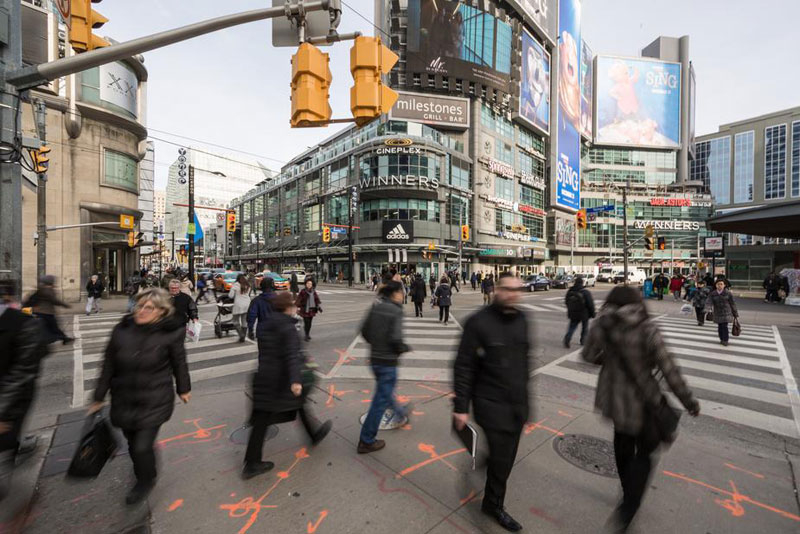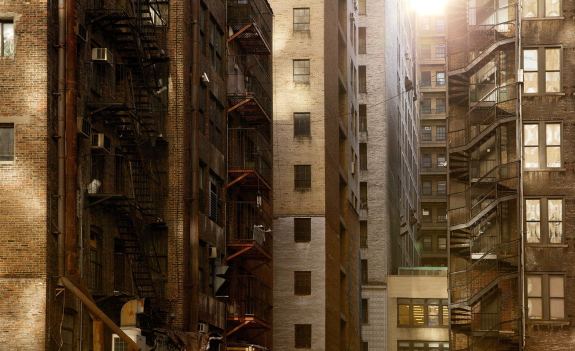Can I Sue the City for Tripping on Uneven Sidewalks?

The short answer: yes. You are always entitled to take legal action if you suffer injuries as a consequence of someone else’s imprudent actions, regardless of who they are. As one may expect however, filing an action against the city—or state, or any governmental body for that matter—comes with its own set of challenges and procedures.
Can you sue the city for injuring yourself on their poorly maintained sidewalks? Absolutely you can. Should you? That answer is a bit more complicated.
Seemingly every American town is riddled with sizable potholes, cracks in blacktop, uneven concrete sidewalks, and bad ramps. In-fact, a 2013 study done by the U.S. Department of Transportation interviewed around 7,500 individuals who claimed to be injured while walking on walkways. Of the individuals interviewed, nearly one-quarter (24%) stated that they tripped on uneven/cracked sidewalks. This is a notable figure; one in four sidewalk injuries are due to the city’s inadequate infrastructure. What if the unfortunate sidewalk users were to sustain serious injuries? What are their legal options?
As stated earlier, affected individuals are indeed entitled to pursue legal action against the city for such an occurrence. The first step would be to contact an experienced attorney. Should the legal professional be willing to work with you, they would file a slip and fall claim against the city on your behalf.

A slip and fall case is a type of personal injury claim that an individual may pursue if they slip, trip, or fall on the premises of another and, as a result, suffer an injury. Importantly, the fall must be a result of the premise owner’s carelessness or negligence, and not the claimant’s own fault.
As we explored in a recent blog post, proving that your fall is directly caused by another’s negligence is surprisingly difficult. To ascertain the legitimacy of your claim, it must be proved that either the owner created the dangerous conditions that lead to the fall, that they knew about the dangerous conditions and intentionally chose not to fix them, or that the dangerous conditions were present for such a length of time that the owner had reasonable opportunity to fix them, but did not.
This is no easy feat. The task is even more challenging when defendant is the city, state, or government. Certain rules are implemented to protect governmental agencies from these types of cases. Let’s go into a few of them here:
Tightened Deadlines: a statute of limitation is a rule that prescribes a time-limit for certain types of legal actions to be filed. For a typical personal injury claim against a non-governmental person or agency, the claimant has 1to10 years from the date of the accident to file a claim (the exact time depends on the state the injury occurred in, with most states statue being only 2-3 years). However, the timeframe is reduced to a mere 1 to 3 months when the action is brought against a state municipality, such as the city.
Highly Particular Procedures: filing a slip and fall claim against the city, state, or government requires specific procedures that, if deviated from, will result in the claim being barred. For instance, if a notice is sent to the incorrect municipal department, the complaint is simply ignored. When the claimant is eventually notified of their mistake, the statute of limitations has typically passed.
Financial Limits: limits for recovery from claims against municipalities are typically no more than $10,000. Likewise, states may restrict the percentage that the attorney recovers should the case be settled (also called the contingency-fee). Capping the recovery limit for the claimant dissuades the injured induvial from filing a claim, while minimizing the contingency fee renders the attorney less likely to accept the case in the first place. Both methods work to discourage individuals and legal professionals from making claims against city, state, or government municipalities.
“Sovereign Immunity”: Sometimes, the government is plainly immune from liability in certain injury claims, regardless of the circumstances. This is sometimes called “sovereign Immunity,” and its regulations are variably defined on a state-by-state basis.
Is this fair? Well, unlike private property owners who can easily maintain their sidewalks, government authorities are often responsible for hundreds, perhaps millions of square feet of sidewalks. Even with a sizable workforce, keeping walkways completely clear and intact is an unreasonable goal.
Most of the time, you have every right to take legal action against the city, state, or government for injuries sustained on cracked, uneven, or hazardous sidewalks. However, the government takes great measures to protect their municipalities and minimize the amount of claims made against them. Because they obfuscate the process of legal action, it’s important to speak to an experienced legal professional that knows the intricacies of the law before taking legal action.


 Can I Sue my HOA for a Slip and Fall?
Can I Sue my HOA for a Slip and Fall? Can I Sue my HOA for Unsafe Conditions?
Can I Sue my HOA for Unsafe Conditions? Are Grocery Stores Liable When I Slip and Fall?
Are Grocery Stores Liable When I Slip and Fall? Can I Sue my HOA for a Slip and Fall?
Can I Sue my HOA for a Slip and Fall? Can I Sue my HOA for Unsafe Conditions?
Can I Sue my HOA for Unsafe Conditions? Are Grocery Stores Liable When I Slip and Fall?
Are Grocery Stores Liable When I Slip and Fall?



